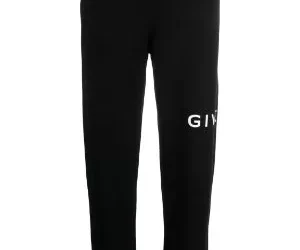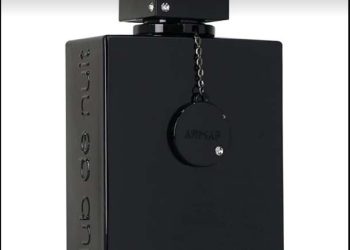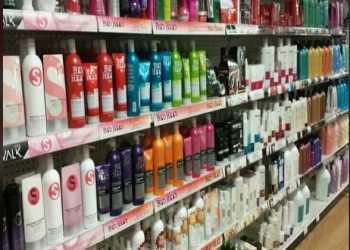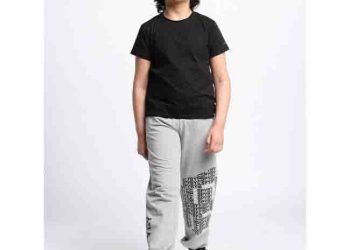Introduction
In today’s competitive business world, it’s essential to project a professional image that reflects your brand and values. One important aspect of this is dressing appropriately in a business casual style. Building your business casual wardrobe requires careful consideration of various factors, including the industry you work in, the company culture, and your personal style. In this article, we will explore the key elements of building a business casual wardrobe that will help you make a lasting impression while maintaining comfort and style.
Understanding Business Casual
Before delving into the details of building your business casual wardrobe, it’s important to have a clear understanding of what business casual means. Business casual attire lies between formal business wear and casual attire. It is a dress code that allows for more relaxed and comfortable clothing choices while still maintaining a professional appearance.
Assessing Your Industry and Company Culture
The first step in building your business casual wardrobe is to assess the industry you work in and the specific company culture. Different industries have varying expectations when it comes to dressing professionally. For example, a tech startup may have a more relaxed dress code compared to a law firm. It’s crucial to understand the norms and expectations within your workplace to ensure that your attire aligns with the environment.
Key Wardrobe Essentials
Now that you have a better understanding of business casual and have considered your industry and company culture, let’s explore the key wardrobe essentials that will form the foundation of your business casual attire.
1. Well-Fitted Blazers
A well-fitted blazer is a versatile piece that can instantly elevate your business casual look. Opt for neutral colors like black, navy, or gray, as they are easy to pair with different outfits. Ensure that the blazer fits properly across the shoulders and the length hits just below your hips.
2. Dress Shirts and Blouses
Invest in a selection of high-quality dress shirts and blouses that can be easily mixed and matched with other pieces in your wardrobe. Look for classic patterns like stripes or checks, and choose colors that complement your skin tone. Remember to opt for breathable fabrics like cotton or linen for maximum comfort.
3. Trousers and Skirts
Choose trousers and skirts that are well-tailored and made from quality fabrics. Classic options like tailored pants or pencil skirts are timeless choices for a business casual wardrobe. Stick to neutral colors such as black, navy, or khaki, as they provide versatility and can be paired with a range of tops.
4. Dresses
For a feminine and polished business casual look, consider incorporating dresses into your wardrobe. Look for styles that are tailored, modest, and appropriate for a professional setting. Dresses can be easily accessorized, and they provide a complete outfit with minimal effort.
5. Shoes and Accessories
Complete your business casual look with the right pair of shoes and accessories. Opt for closed-toe shoes like pumps or loafers in neutral tones. Accessorize with minimalistic jewelry, such as a simple necklace or stud earrings. A professional-looking watch can also add a touch of sophistication to your outfit.
Maintaining Professionalism
While building your business casual wardrobe, it’s important to remember that maintaining professionalism is key. More tips::
1. Pay Attention to Grooming
Ensure that your personal grooming is on point. This includes maintaining a neat hairstyle, well-manicured nails, and good personal hygiene. Remember that even the most well-curated outfit can be overshadowed by an unkempt appearance.
2. Fit and Tailoring
Focus on the fit and tailoring of your clothing. Ill-fitting clothes can give off an unprofessional vibe. Take the time to find a tailor who can make necessary adjustments to ensure your garments fit you perfectly.
3. Avoid Overly Casual Elements
While business casual allows for more relaxed attire, it’s important to avoid incorporating overly casual elements into your outfit. Stay away from items like flip-flops, ripped jeans, or graphic t-shirts, as they can undermine the professional image you’re aiming for.
Conclusion
Building your business casual wardrobe is a process that requires thoughtful consideration and attention to detail. By assessing your industry and company culture, investing in key wardrobe essentials, and maintaining professionalism, you can create a stylish and appropriate business casual look that reflects your personal brand. Remember, presenting yourself in a professional manner not only boosts your confidence but also leaves a positive and lasting impression on others.
CLICK FOR MORE INFO FASHION TIPS

















